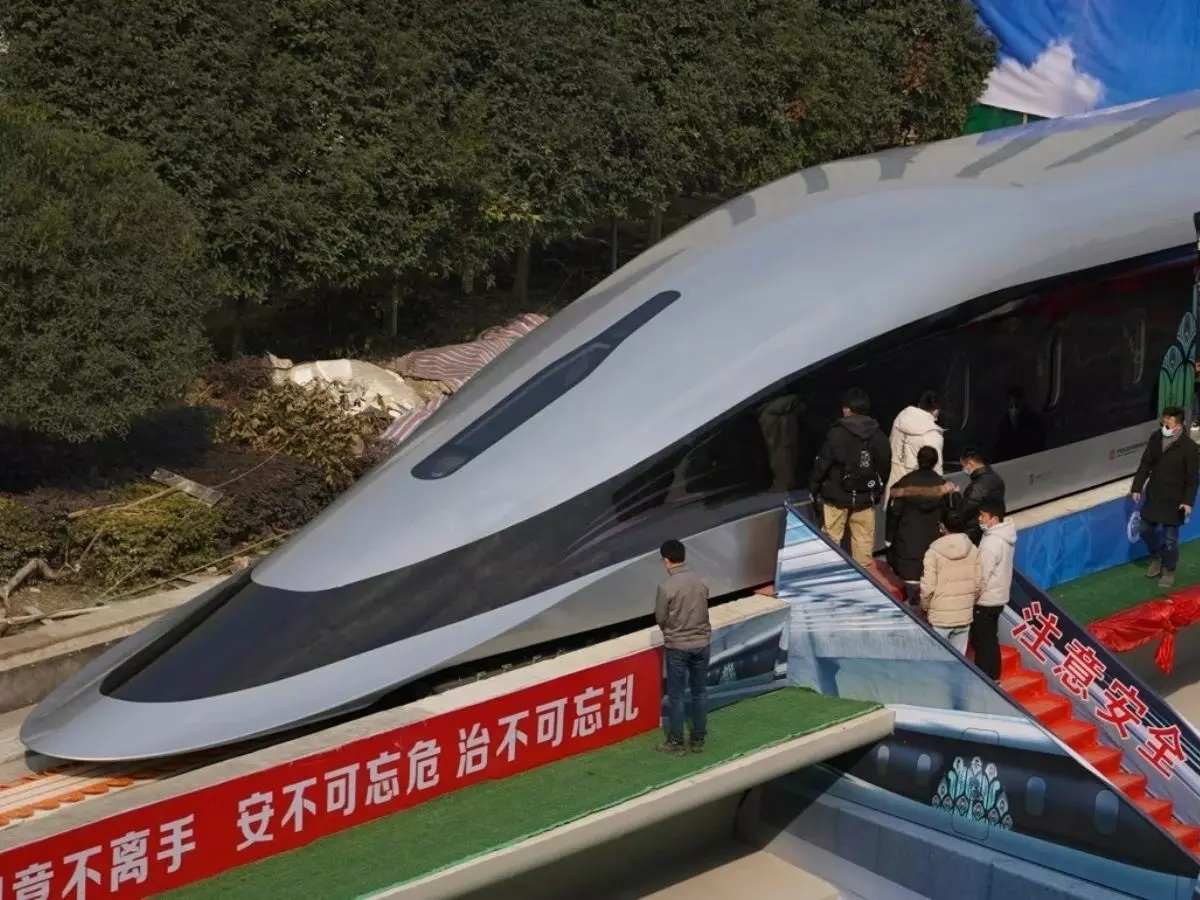China Unveils Maglev Train That Travels At Speed Of 650 Kilometres Per Hour
The train has been developed by scientists at the Southwest Jiaotong University. In case you didn¡¯t know, maglev trains don¡¯t have wheels like conventional trains. Instead, they hover over the surface with the help of powerful magnets, resulting in a frictionless journey.

Whenever we think about fast trains, the first name that springs to mind is Japan¡¯s Shinkansen bullet trains.
However, while they used to be the fastest trains in the world once upon a time, they¡¯ve been defeated by China¡¯s Shanghai Transrapid which can go up to speeds of 267 miles per hour. But now, China has another train that has broken this record.
 Rex Features
Rex Features
Reported first by South China Morning Post, China has unveiled a prototype of a new train, based on maglev technology which it claims to reach up to 400 miles per hour or close to 650 kilometres per hour. They tested out a shortened version of the High-Temperature Superconducting (HTS) maglev train with just one carriage on a test track in Chengdu on January 13.
How does maglev technology work?
The train has been developed by scientists at the Southwest Jiaotong University. In case you didn¡¯t know, maglev trains don¡¯t have wheels like conventional trains. Instead, they hover over the surface with the help of powerful magnets, resulting in a frictionless journey.
The magnets not just help the train to hover in the air but also help it move forward. Magnetism laws have taught us that opposites attract and that¡¯s what scientists have used to pull or push the train in a particular direction. With the elimination of wheels and friction, what this results is in a smooth, fast ride.
As of now, the train has been designed to run at 385 miles per hour (620 kmph). To put this speed into perspective, a journey between London to Paris could be completed in just 47 minutes, roughly 480 kilometres -- similar to the distance between Delhi and Amritsar.
What¡¯s more is that the train is designed to be completely driverless, while also directing and stabilising all on its own. The train has been designed keeping aerodynamics in mind. It looks like a cobra from the front with smooth lines and a dark black-grey colour scheme that looks something out of the ordinary.
 AFP
AFP
The train is expected to connect using a high-speed rail link between Chengdu and Chongqing in China¡¯s Sichuan province. However, the prototype is still a long way from active duty.
